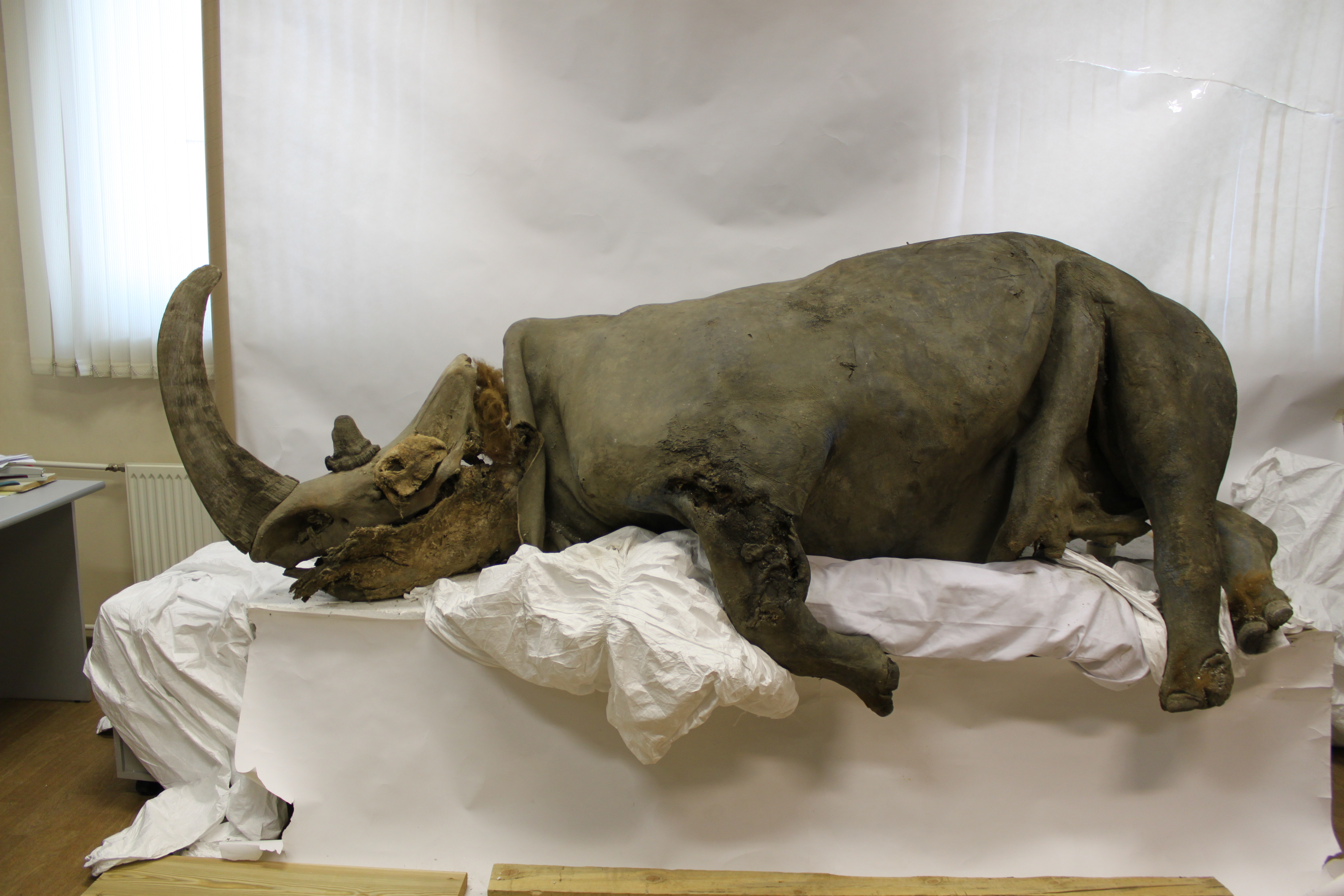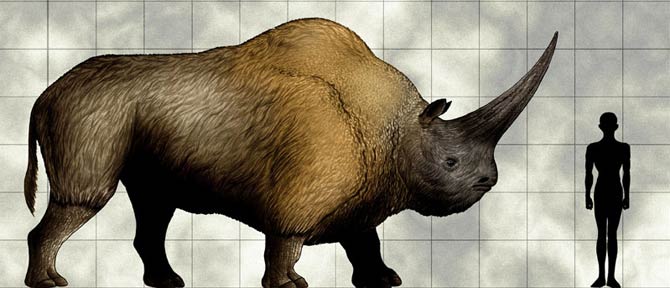


They scraped their horns on the ground until one of them backed down and left the area to the victor. When males fought, the fights weren't always violent. Additionally, they were easily startled and charged instantly at anything that surprises them including human species like Neanderthals. If it identified something as a threat, it would charge instantly at its target.Ĭoelodonta was a solitary animal but have been known to get together in groups. While the eyesight of Coelodonta was very poor, its senses of smell and hearing was excellent and would have alerted it to any danger. It was also used as a weapon against predators and rivals. They most likely used their horns to dig up plants than had been buried by the snow. They also had two, significantly larger horns on its head than its modern African cousins, both were made of keratin. Due to the extremely cold climate it lived in, this animal adapted to cope with its environment. It would shed its fur in the spring and summer months in favor of a shorter, cooler coat. This coat of fur was several centimeters thick and helped to keep it warm in the winter. However, unlike modern rhinos, it possessed a thick, shaggy coat of brown fur. Compared to other perissodactyl families, true rhinos got off to a late start and do not appear in the fossil record until about 40 million years ago most of the other perissodactyl families appear 55. Their sense of smell is way better than their sight.Ĭoelodonta looked similar to a modern rhinoceros from the African savanna. They wander singly or in pairs over wide ranges, browsing on saplings. These animals are about 100-135 cm tall, 250-280 cm long, and weigh around 800-1000 kg. It shares its ancestery with the prehistoric wooly rhinoceros (Coelodonta sp.). It was one of the largest animals in its environment and was first discovered in 1799.Ī smaller species of prehistoric rhinoceros compared to Elasmotherium, Coelodonta was nevertheless a large rhinoceros, measuring 9 – 12 feet (3 – 3.8 m) in length and weighing over 2 tons (4,000 lbs). Other Prehistoric Rhinoceroses Arsinoitherium. Horse digestion and absorption have been compared with rhinoceros species. Help us make sure we don’t lose these incredibly precious creatures.Coelodonta appeared in Tibet during the late Pliocene around 3.7 million years ago and disappeared in Europe and Siberia during the late Pleistocene, over 10,000 years ago. By radiocarbon-dating a total of 23 specimens, researchers found the Ice Age giant. Poaching of rhinos for rhino horn is still a huge threat, and the poachers have got increasingly better equipped. The rhino, Elasmotherium sibericum, was thought to have become extinct between 200,000 and 100,000 years ago.

And only the males had them, the same as in Javan rhinos today Posted in Rhino Biology, Rhino Horn. However, instead of one horn being located in front of the other, the two horns were situated side by side. However recently white rhino numbers have been declining due to a surge in poaching, with 15,942 remaining in the wild today. Sadly there are no individuals from the ‘northern’ subspecies of white rhinos left in the wild, and only a handful in captivity.įor the black rhino (slightly smaller, with a more pointed top lip) the worst period was between 19, when around 96% of them were lost to wide-scale poaching. Fossil rhinos of the North American genus Menoceras possessed two horns, the same as the two African species and the Sumatran rhino. The ‘southern’ subspecies of white rhinos is a conservation success story and had been helped back from under 100 in 1895 to over 20,000 individuals. Poaching of rhinos for their horns and habitat loss are huge threats to both white and black rhinos. The rhinoceros is Africa’s armoured giant – like a tank on legs – and has been on our planet for millions of years.


 0 kommentar(er)
0 kommentar(er)
